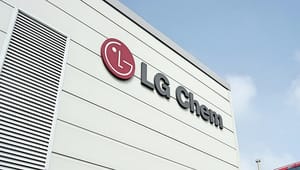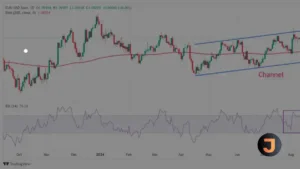LG Chem Braces for Increased Tax Burden Under Pillar Two Regime
The South Korean chemical giant, LG Chem, is navigating the complexities of the newly implemented global tax framework known as “Pillar Two.” In a recent quarterly report, the company disclosed a Pillar Two current corporate income tax expense of 863 million won for the first quarter of the year. This figure reflects the initial impact of the tax avoidance prevention agreement led by the Organization for Economic Cooperation and Development (OECD), which is designed to ensure that multinational corporations pay a minimum level of tax.
LG Chem, which is the parent company of LG Energy Solution, is preparing to shoulder additional Pillar Two corporate taxes linked to its operations in Michigan, USA, and Hai Phong, Vietnam. The global minimum tax regime targets companies with consolidated revenues over 750 million euros and mandates additional taxation in the parent company’s home country if the effective corporate tax rate paid elsewhere falls below 15 percent. South Korea began enforcing this agreement from January of this year.
There was an initial industry concern that LG Chem could face an annual tax burden amounting to tens of billions of won due to its subsidiary LG Energy Solution benefiting from significant tax deductions in the U.S. However, LG Chem’s reported Pillar Two tax expense for the first quarter was lower than market expectations.
During a recent seminar, Jeong Hyeon, a certified public accountant, highlighted that domestic battery companies received AMPC benefits totaling 1.3 trillion won last year. With the global minimum tax, an additional tax obligation could arise, potentially increasing as production within the United States grows.
While LG Chem’s Pillar Two corporate taxes for the first quarter were modest, the total annual tax burden under Pillar Two will likely fluctuate with each quarter’s performance. Factors such as overcoming downturns in the electric vehicle sector and the expansion of LG Energy Solution’s battery production in the United States will play a critical role in determining the scale of future tax liabilities.





